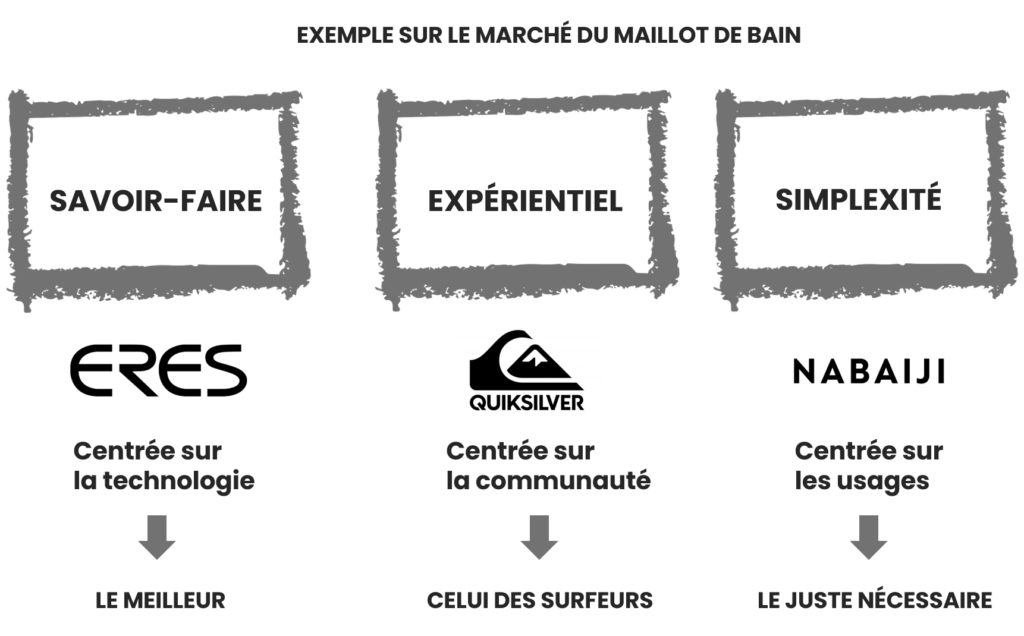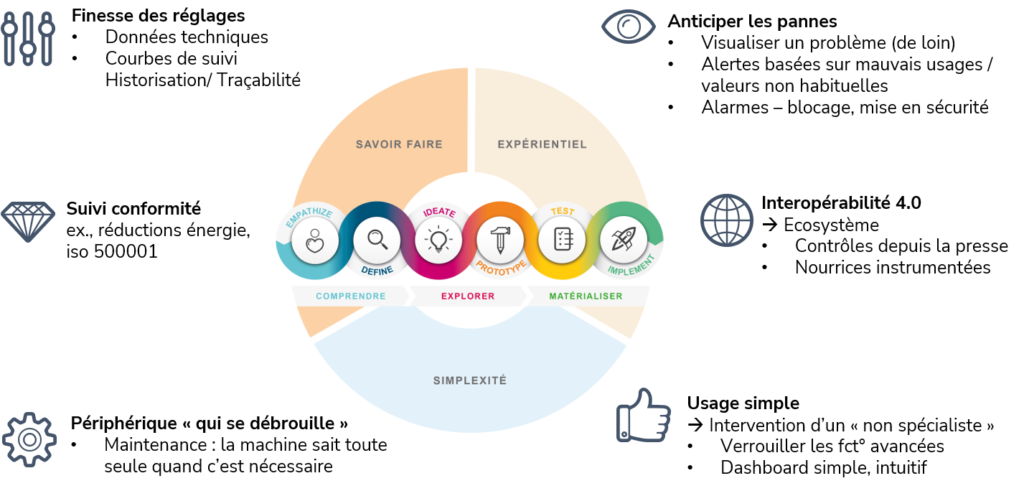The subject to be explored by the team:
Human beings are driven by their feelings. This is why an act of adhesion or a decision to buy is always emotional. However, the act, the decision, can be submitted to a rational “pre-filtering” before even awakening the emotional brain.
“Expectations = The expression of rational need”
This is what will differentiate “need” from “desire”. Desire will trigger buy-in or purchase, but need can be a prerequisite for desire. In this article we are not interested in the desirability of a solution (which is another category of the INNODRIVE methodology), but in the rational prerequisites that make a market “consider” a new solution or not.
Market expectations are the expression of the rational needs of clients which, without their prior validation, can automatically disqualify a proposal, even an original one.
The need or expectation is objective (where desire is subjective), the need is limited in space and time (where desire is infinite), the need is a necessity.
- This dish must meet at least 20% of the nutritional requirements
- This product must comply with the regulations
- This house must have at least 3 rooms
- This service must respond in less than 4 hours
- This event must offer a catering service
etc…
A tool for collaboration:
Collecting the expectations of a market is a fairly classic empathy work that is based on the requirement to “understand reality as it is” and not “as we think it is“. This consists at least in analyzing on the one hand the functionalities and/or services that are put forward by the existing actors of a market while interviewing and observing a sufficiently representative panel of users/consumers in their uses on this market.
“Separate expectations into 3 categories.”
However, depending on the target market, the need can be varied and complex. In other words, the expectations expressed by the customers are numerous and it is difficult to prioritize them.
The Eye-Novation method (Bertrand Barré) allows, in an efficient way, to focus this empathy work (as in photography, to concentrate different beams in the same point) according to 3 main brand postures: KNOW-HOW, EXPERIENTIAL, SIMPLEXITY.

The expectations of customers, with regard to a product, can cover a spectrum that goes from the technical specificities of the solution (Know-How) to its ease of use (Simplicity) through the finish of the packaging (Experiential), categorizing them according to this method has several benefits:
To go further :
If adopting an innovation approach such as Design Thinking allows to force the empathy work towards the uses, it does not prevent the cognitive bias of the project team.
Avoiding cognitive biases -> “We see the world as we are…not as it is”
But forcing yourself to organize market expectations through these 3 prisms allows you to avoid certain biases when, for example, the project team’s appetite tends towards technological demonstration (and to believe that this is the most important thing for the market) or the Samsung, Apple difference.
Here is an example of expectations identified for the use of digital on a factory machine:

Here is an example of expectations identified for the use of digital on a factory machine:
If it is necessary for any project to understand each articulation of the market need according to the 3 prisms KNOW-HOW, EXPERIENTIAL, SIMPLEXITY, the final positioning of the solution will reflect a weighting of each of these 3 postures. For example, the identified need could be mainly KNOW-HOW and a little EXPERIENTIAL + SIMPLEXITY.
Therefore, the project team can ask itself the following questions to define its way of addressing the market’s expectations:
- “Under which brand posture do the existing players / competitors address the market need? KNOW-HOW, EXPERIENTIAL, SIMPLEXITY”, Which posture is dominant?
- “Can we fill a gap in SIMPLEXITY or EXPERIENCE or KNOW-HOW in the target market?”
This will make it easier for the team to identify and adopt the vocabulary and graphic codes that correspond to the chosen positioning.
This choice will then be tested during the tests of the solution (or service) in the field in order to verify whether or not this positioning is adapted to the launch of the project on the market.